Blog Brand Guidelines: Real Benefits and Best Practices
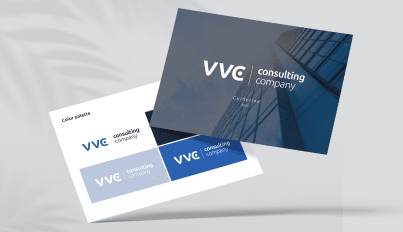

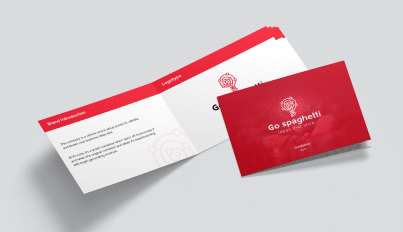

That’s how we’re all built: people recognize patterns on a subconscious level. Our brain seeks consistency and repetition in everyday life. This feature of the human psyche helps us find the way home, recognize our relatives or close friends and… notice the right products in a second.
The same experience of interacting with the brand inspires confidence among customers. And confidence leads to loyalty. That’s why a permanent image is a cornerstone of building a successful business. And here, brand guidelines enter the picture.
In simple terms, brand guidelines are some kind of rule book or instruction on how to represent the brand and how to communicate it. This document lays out the important reputational and visual details such as design, the company’s voice, tone, its look and feel, etc.
You can find all the notes about general company branding in this kind of instructions. Brand guidelines graphic design could be created in the form of a digital poster, booklet, or physical document. Of course, the structure depends on the company’s needs and features. But, on the whole, it is filled with the example of logo and content usage, what to do and what not to do.
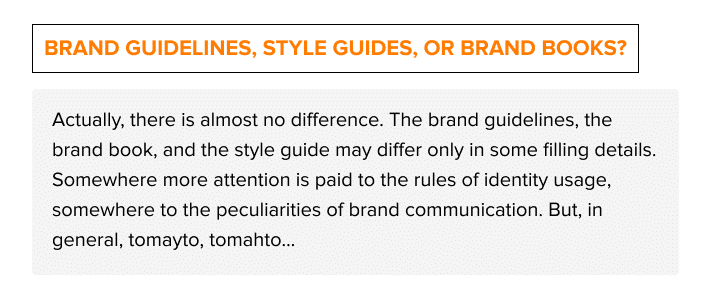
Successful companies use the same fonts and images for packaging. And they do it for a very particular reason: the most famous brands are those that can be recognized from a distance of a mile thanks to their logo and color scheme.

Recognition gives the customer a sense of security at the subconscious level and makes any product more reliable. All the visual details build a memorable brand. With this in mind, brand guidelines:
Practical brand guidelines don’t just describe visual details. Instead, such a manual becomes a tool that allows everyone to represent your brand correctly and understand precisely what makes it unique. As a result, the entire organization stays on one page and can present a clear, unified version of the brand to the audience. In other words, brand guidelines are a whiz at creating the perfect look and impeccable reputation.

Most brand guidelines consist of visual and reputational components. Visual components reflect the brand’s unique identity, and reputational ones are responsible for presenting the company’s philosophy and values, tone of communication, etc.
As far as visual components represent the look and aesthetic of the brand, the main task of such pieces is to attract attention, keep it, and be etched on people’s memory. So, naturally, the logo, color scheme, and typography are at the top of the list. However, there are a few more essential things. So, the visual part of brand guidelines includes:
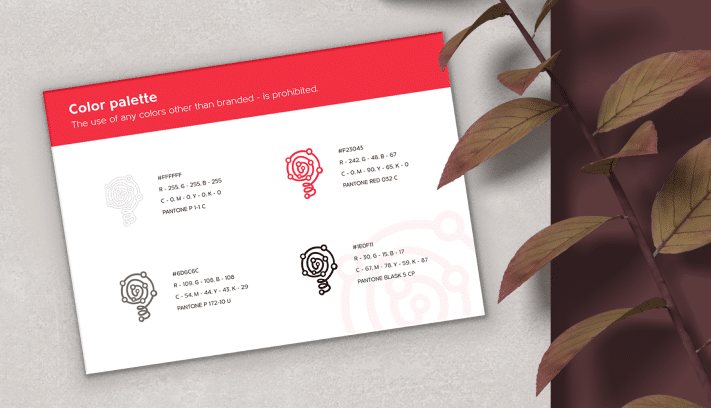
Visual components in brand guidelines can also include illustrations, artwork, or even vehicle livery. It all depends on the company type and the customer’s needs.
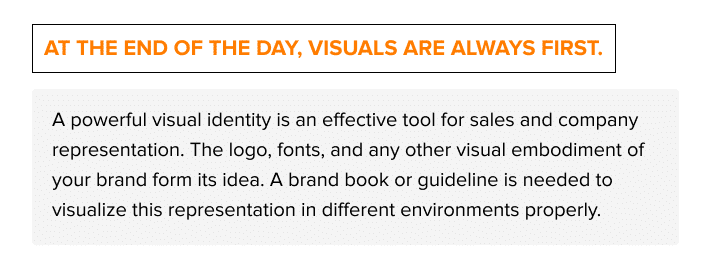
Reputational components of brand guidelines are not required, but they help build loyalty among potential customers and employees of the company. This part is usually developed by the marketing or PR teams. The designers are responsible for the visual presentation of such information to readers of the guide.
The main reputational components of brand guidelines are:
Values and mission are the basis of any company’s brand strategy. That is why it is crucial to choose the right words to impress the readers of the guideline.
Values affect every aspect of the business, including employee loyalty and customer love. The brand’s mission describes the company’s purpose and vision.
The level of ambition depends on the founders. However, it’s crucial to formulate this straightforward and accurately answer the question: “Where are we moving and where do we want to be?”.
Both customers and employees need the history of the brand. A few paragraphs can change attitudes and shape the company’s image in the community. The story can be motivating, fun, unexpected, but it should evoke emotions.
Brand messages and tone of voice are similar concepts in some ways. Brand messages are needed to understand how your company delivers messages to the community and what you want to say. The tone of voice describes how to talk with the audience. It can be a style of correspondence, an acceptable greeting, a general manner of communication, etc.

There are many trends in the field of creating brand guides and identity in general. Some look especially interesting, so we should talk about them in greater detail.
Not all companies need guidance for every action. Sometimes the best practice is to create a concise guideline that includes only the main positions. One sheet style guide could be the best thing since sliced bread in this case.
If you realize that employees simply don’t have time to get acquainted with large amounts of information, it is better to order a one-page guide. It can be a simple and clear help letter with brand colors, fonts, logos, and short recommendations. And that will be more than enough.
Initially, mascots were used in sports to improve the spirit of teams and entertain spectators. However, they’ve gone beyond sports a long time ago and become a separate art form.
Mascots are symbols of the company, part of its unique identity. Fictional characters can be handy for brand recognizability and sustainability.
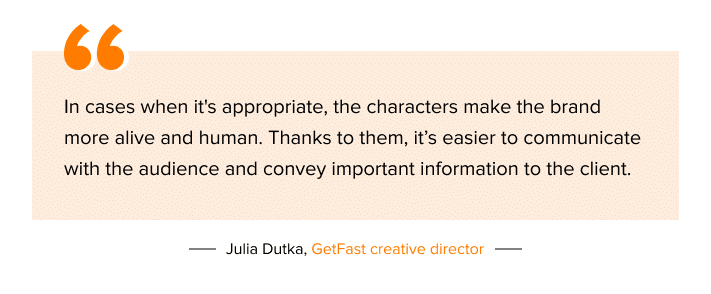
Mascots help to attract the audience, encourage people to take action. In addition, such characters are emotional and alive, so they significantly increase customer loyalty.
It is also worth noting that mascots can make complex products more understandable to the audience. Customers enjoy interacting with extraordinary characters.
Actually, almost every brand of the guideline has elements of data visualization. These can be diagrams, charts, tables, etc. Recently, however, interactive visualization has become increasingly popular.
In the digital version of the style guide, you can create animated infographics that would make boring statistics more exciting. It is also common practice to present a color palette in the form of a diagram. This option allows you to quickly and clearly demonstrate the desired colors and the rules of their usage.
Minimalism is an architectural style, a design trend, and even a philosophical concept. This approach to visualization is running like clockwork because the human brain can capture attention to only a limited number of objects and colors. Minimalism in the design of applications, websites, logos, etc., not only forces a potential buyer to pay attention to the product. It’s easy to remember and, what is important in such a chaotic world, not annoying.
What is the essence of minimalist design? Simplicity is the main decoration: nothing superfluous and excessive, only clear forms, restrained color palette, functional typography. And, of course, the presence of the zen-philosophy in every detail of the design as a single code, the basis of all creative embodiment.
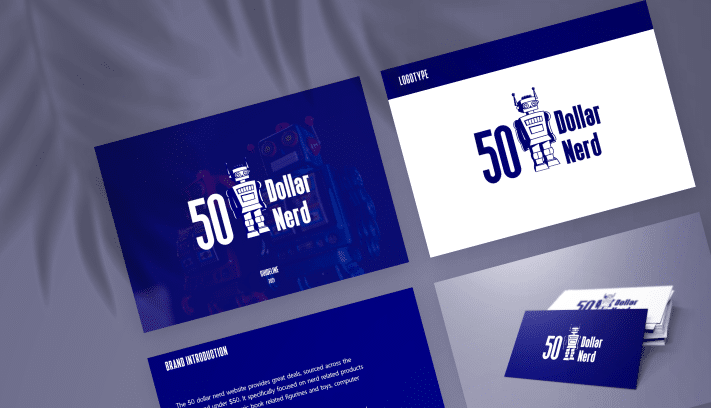
A bad image can destroy even the strongest brand. That’s why there is so much talk about professional branding and thinking outside the box. Your brand is not just a product that it offers. It’s all about appearance, perception, tone of communication.
Proper branding allows you to preserve the result of your efforts and effectively broadcast your philosophy to the community. Thanks to your recognizability and strong position, nobody can be able to outsmart you.
In conclusion, “Products are made in the factory, but brands are created in the mind”, as Walter Landor says. Thus, the brand guidelines can be a powerful tool for image formation if it was created correctly, of course.
Was this article helpful?
Raiting stars - votes